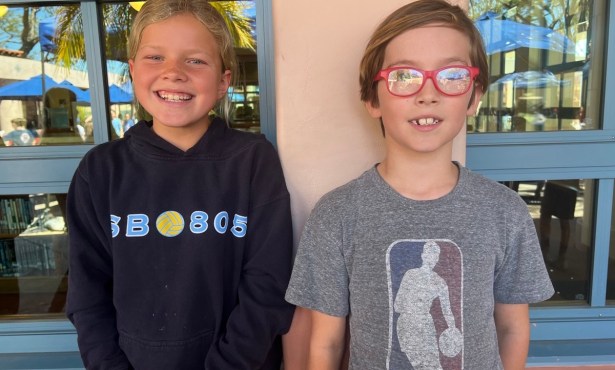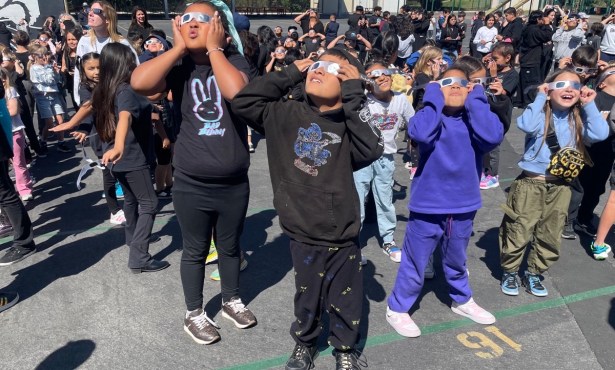Gary Robinson Completes Chumash Book Trilogy
Santa Ynez–Based Author Writes Historical Fiction from a Native American Perspective

Three years ago, Gary Robinson published the first installment of Lands of Our Ancestors, a book of historical fiction aimed at relaying Santa Barbara’s Mission era from a Native American perspective for elementary school readers. In 2018, Robinson followed with a second book that explores the Mexican Rancho period, and he’s just released the third, which covers the gold rush and early years of California statehood — arguably the most brutal for the Chumash and other indigenous peoples.
A 16-year resident of Santa Ynez, Robinson — who is of Choctaw and Cherokee descent and has worked on storytelling with tribes across the country — recently answered a few of my questions about the series.
What led to this series? Back in 2015, I first learned of the impending canonization of Junipero Serra and heard outrage expressed by California native peoples. I began in-depth research into various periods of California history and listened to oral histories. During that research, I learned of the many atrocities perpetrated on California natives. This history wasn’t being taught in public schools, and the general public was not aware of most of it. So I felt compelled to do something.
What do you hope to accomplish with the books? Educate the next generation on the true California history, especially as it relates to the state’s original inhabitants. My goal is to provide alternative educational materials that offer more accurate accounts of the treatment of Native Americans.
Why is it important to tell tales in this way? This population is seldom listened to when it comes to the state’s history. Natives have been excluded from the historical narrative. Colonial descendants assume Indians mostly disappeared, or that the master narrative accurately portrays state history. For example, Island of the Blue Dolphins has existed as one of the only fictional historical narratives involving California natives, and its information came mostly from romanticized nonnative sources and rumors passed down through Anglo channels. It turns out that many of its details are wrong.
How was the gold rush era for Native Americans? The most brutal of all. The state’s first governor declared a “war of extermination” against California Indians, and the state legislature passed laws allowing natives to be bought and sold for slave labor. Also, they issued bonds to finance the extermination of Indians and to finance militias that carried out raids against natives that lived on gold-rich lands. Bounties ranging from 25 cents up to $5 were paid for Indian scalps.
Are schools teaching your books? Several smaller school districts have purchased the books and are using them. The education department at CSU Sacramento also adopted the series for elementary teachers in training. Surprisingly, the school district that has invested most heavily in them is in San Bernardino City. A 4th-grade teacher there told me he had one particular student who usually couldn’t pay attention in class and was reluctant to even attend school. However, when the teacher began reading a chapter a day from Book 1, he said the student couldn’t wait to get back to class to find out what happened next to Kilik, Tuhuy, and the other children.
Unfortunately, not all teachers are ready for change. Flipping the narrative is too radical for some because they’re so accustomed to teaching the dominant colonial view.
4•1•1 | Gary Robinson will sign copies of Lands of Our Ancestors on Saturday, October 12, 2 p.m., at the Book Loft in Solvang. See garyrobinsonauthor.com for more information.




You must be logged in to post a comment.